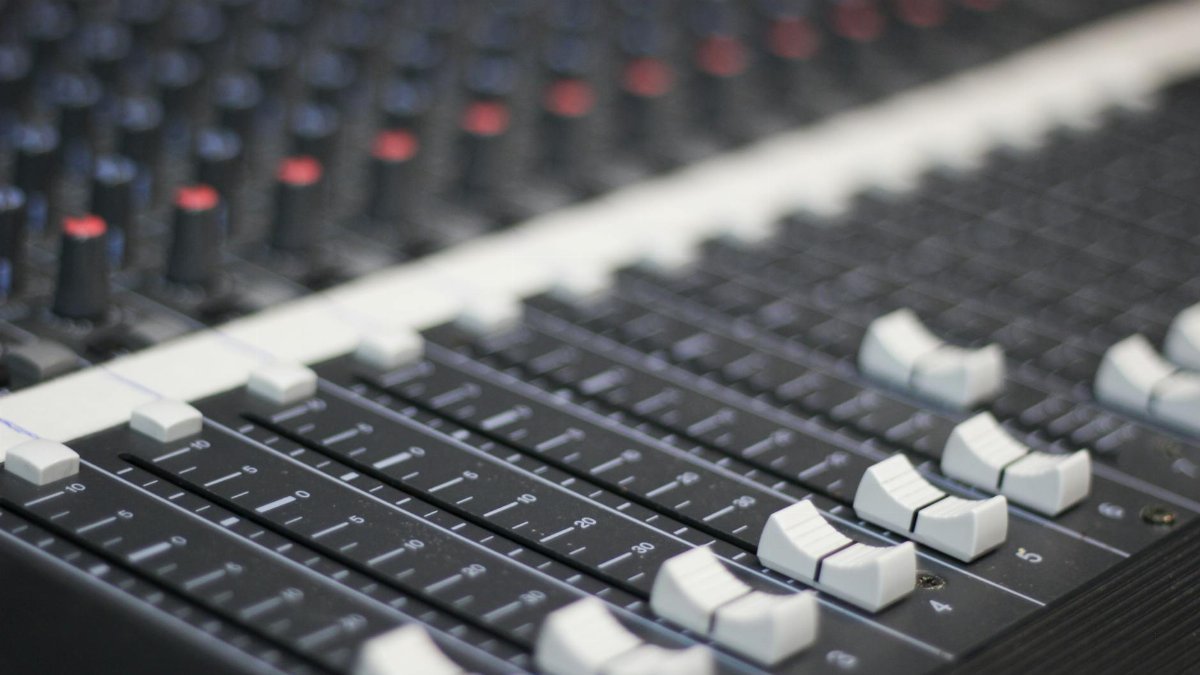Imagine a quiet evening, the day’s chaos finally settling, as a small group gathers in a dimly lit community center in Portland, Oregon. One participant, a middle-aged woman with a worn notebook, hums a low tone, then scribbles a few words. She’s not singing for an audience; she’s mapping her inner world through sound frequency journaling—a practice where specific pitches become a mirror to emotions. For her, and a growing number of Americans seeking alternative ways to process feelings, this ritual offers clarity in a noisy world. It’s not about perfect pitch or musical talent. Instead, it’s a deliberate act of tuning in—quite literally—to one’s state of mind. By assigning emotional states to distinct frequencies, often tracked over weeks or months, practitioners claim a unique perspective on their mental landscape. What started as a niche idea is quietly resonating with those craving deeper self-awareness.
The Basics of Sound Frequency Journaling

At its core, sound frequency journaling is a hybrid practice, blending elements of mindfulness with auditory self-expression. Practitioners select a few specific pitches—often three, as in the “3-pitch mood tracker” approach—and associate each with an emotional state or theme. A low hum might represent calm or grounding, a mid-range tone could signal tension, and a higher pitch might embody joy or anxiety. Nightly or weekly, they vocalize or listen to these frequencies, then record their reflections in a journal. The goal isn’t to create music but to use sound as a shorthand for complex feelings. Over time, patterns emerge, revealing emotional ebbs and flows that might otherwise go unnoticed. Unlike traditional journaling, which relies on words alone, this method taps into the visceral power of vibration—something researchers at institutions like the National Institutes of Health have studied in relation to sound’s impact on stress and mood.
This isn’t a one-size-fits-all system. Some customize their frequencies based on personal resonance, while others draw from established frameworks like binaural beats or solfeggio frequencies, often linked to spiritual traditions. The act of vocalizing or even imagining a tone can shift focus inward, a subtle but potent reset in a distraction-heavy era.
Why Sound Resonates Emotionally

Sound has a primal pull on human emotion. Think of a lullaby soothing a child or a sudden screech jarring the nerves. Science backs this up: studies show that specific frequencies can influence brainwave activity, potentially lowering cortisol levels or enhancing focus. According to research from the American Psychological Association, auditory stimuli play a significant role in emotional regulation, often bypassing conscious thought to trigger visceral responses. Sound frequency journaling leverages this, turning abstract feelings into tangible tones. A practitioner might notice that on tougher days, their chosen “anxiety pitch” dominates their entries, a pattern that prompts deeper reflection or action.
This connection isn’t just theoretical. One anonymous account shared in online wellness circles described the practice as “like giving my emotions a voice, even when I can’t find the words.” That rawness—sound cutting through the clutter of overthinking—seems to be a key draw for many in 2025, as stress and burnout remain pressing concerns.
A Historical Echo in Modern Practice

Using sound for emotional or spiritual insight isn’t new. Ancient cultures, from Tibetan monks with chanting bowls to Indigenous American tribes using rhythmic drumming, have long tied vibration to healing and self-understanding. While sound frequency journaling as a structured practice lacks a direct historical lineage, its roots tap into these traditions. Modern iterations, however, are distinctly personal, often divorced from communal or religious contexts. Today’s practitioners might use a smartphone app to record tones or reference guides on frequencies linked to chakra balancing, as documented by wellness researchers at the Mayo Clinic.
What’s changed is accessibility. No longer confined to esoteric circles, the practice has filtered into mainstream wellness culture, fueled by a broader societal hunger for tools that bridge mind and body. It’s less about mysticism now and more about pragmatic self-care—a shift that mirrors broader trends in how Americans approach mental health.
Getting Started with the 3-Pitch Method

For newcomers, the 3-pitch mood tracker offers a straightforward entry point. First, choose three distinct tones that feel intuitive. This could mean humming a low note for sadness, a steady middle tone for neutrality, and a brighter high pitch for excitement. There’s no need for musical expertise—trust what feels right. Next, set aside a few minutes daily, ideally in a quiet space, to vocalize or listen to each tone, noting which resonates most with your current state. Jot down a sentence or two about why. Was it a stressful workday pulling you toward that lower hum? Or a small victory lifting you to the higher pitch?
Consistency matters more than perfection. Over weeks, these entries build a sonic map of your emotional terrain. Some find it helpful to review monthly, spotting triggers or trends. Resources like Pew Research Center highlight how journaling, in any form, fosters mindfulness—a benefit amplified here by sound’s immediate, physical impact.
Challenges in Tuning In

Not everyone finds sound frequency journaling intuitive at first. Some struggle to pick tones that feel meaningful, while others feel self-conscious vocalizing, especially in shared living spaces. There’s also the risk of overanalyzing—turning a reflective practice into another source of stress. One middle-aged man in a Chicago wellness workshop admitted, “I kept worrying I was doing it wrong, like there’s a ‘correct’ way to feel a frequency.” His hesitation reflects a common hurdle: letting go of judgment.
Another issue is sustainability. Unlike pen-and-paper journaling, this method requires a quiet environment and active engagement, which can feel like a chore on busier days. For those in noisy urban settings, finding that stillness is half the battle. Yet, even imperfect attempts—humming silently in one’s mind or using headphones with pre-recorded tones—can still yield insight if approached with patience.
The Broader Impact on Wellness Culture

As mental health conversations evolve in 2025, sound frequency journaling sits at an intriguing crossroads. It’s part of a larger wave of practices—think gratitude lists or breathwork—that prioritize small, intentional acts over sweeping lifestyle overhauls. Its appeal lies in simplicity: no expensive gear, no steep learning curve, just a voice and a notebook. Yet it also reflects a deeper cultural shift toward embodied practices, where feeling something physically (like a vibration) can anchor abstract emotions.
This isn’t a replacement for therapy or medical care, of course. But for many, it’s a complementary tool, a way to check in when professional support isn’t immediately accessible. Wellness advocates argue it fills a gap—offering a tactile, immediate way to process emotions in a society often disconnected from the body’s cues. Whether it’s a passing trend or a lasting practice remains to be seen, but its quiet rise suggests a real need for novel paths to self-awareness.
Personalizing the Practice

One of sound frequency journaling’s strengths is its flexibility. Beyond the 3-pitch framework, some expand to five or more tones, mapping nuanced states like curiosity or nostalgia. Others integrate it with meditation, using recorded frequencies to guide sessions. Apps and online communities offer pre-set tones tied to specific emotions, though purists argue that self-selected pitches are more authentic. The key is experimentation—finding what resonates, literally and figuratively.
Take the case of a retiree in Florida who adapted the practice after a loss. She assigned a gentle, wavering tone to grief, using it as a focal point during quiet evenings. Over months, her journal entries shifted, the tone appearing less often as she processed her pain. Her story underscores a subtle truth: this isn’t just about tracking moods but about witnessing one’s own evolution through sound. It’s a reminder that even in structured practices, personal meaning drives impact.
